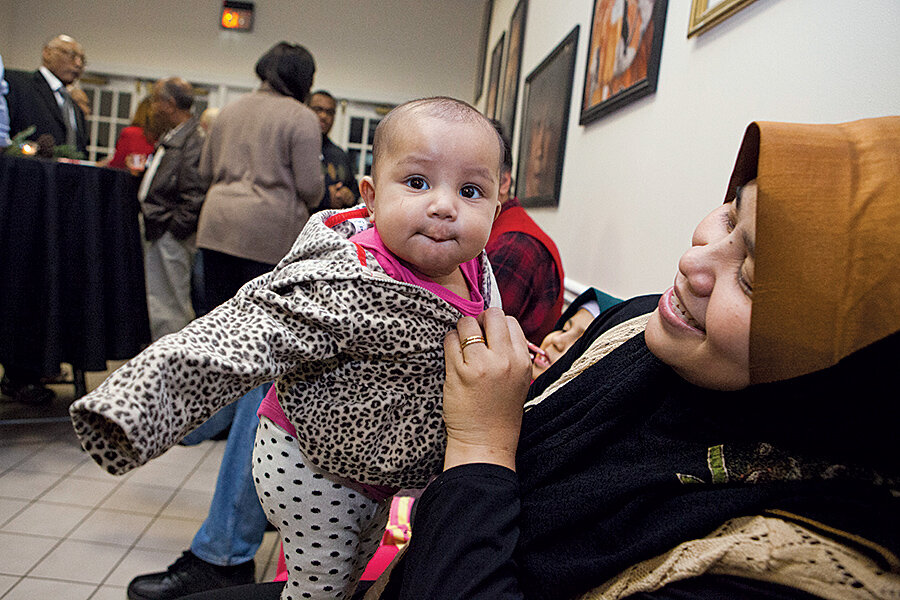America's immigration lab
Loading...
The immigrant experience is not uniquely American. Europe, Asia, Australia, Africa, Latin America, and the Middle East all produce migrants and receive them. But the United States is the world’s oldest continuous immigration laboratory.
As in any laboratory, experiments sometimes fail. In every generation, natives have worried that the next group of immigrants would be a drag on the economy and a threat to society. Even otherwise-progressive thinkers such as Benjamin Franklin, John Jay, and Theodore Roosevelt vented such fears, and not without cause. Gangs, revolutionaries, and malcontents – from the Bowery Boys to the anarchists of the 19th century, the Mafia to the Latin Kings of the 20th – have always existed in immigrant communities, as they have in native communities.
Decade after decade, American immigration has followed the same pattern, whether with Vietnamese in the 1970s, Cubans in the ’60s, Eastern Europeans escaping postwar communism, Jews fleeing Nazis, or Italians, Irish, Germans, Chinese, and Japanese seeking opportunity in a new world. Earlier arrivals often fretted about the new ones, shunned them, even persecuted them. Still, the vast majority of immigrants made themselves part of the American nation, if not in the first generation then almost always by the second.
Most immigrants wait in line, sometimes for years, which gives them time to learn the language and culture of their new country, find work, choose the best place to live, and fit in relatively smoothly upon arrival. Refugees have a more urgent need: They are running for their lives. That makes their integration more difficult. They haven’t had time to prepare. They often just have the clothes on their back. They rely on the kindness of strangers.
But with a head start provided by government social workers and volunteers in communities such as Clarkston, Ga., which Patrik Jonsson profiles in a Monitor cover story (click here), refugees advance in much the same way as other immigrants. Numerous studies* show that immigrants are net contributors to the US economy. They create small businesses at a higher rate than the native born. They disproportionately become engineers, scientists, and mathematicians. They are less likely than natives to be involved in crime. And while assimilation varies by group, immigrants and their children join mainstream society today at the same rate as in the early 20th century, becoming Americans and changing America in the process.
The one question that remains is the one that confronts every generation: Is it possible that this time things will be different, that the new wave of Muslim immigrants won’t fit the traditional immigrant pattern? The San Bernardino, Calif., attackers; the Boston Marathon bombers; the gunman who killed four US Marines in Chattanooga, Tenn., feed into that troubling narrative. The influx of Muslim migrants into Europe raises similar concerns.
As the Clarkston experience shows, the American immigration lab seems to be working. It has critics. It will probably have failures – criminals, malcontents, and worse. That makes it almost exactly like the American experience.
________________________
* Some of the studies on immigrants' economic contribution can be found here; on immigrants and crime here; on assimilation here; and on Muslim assimilation at www.pewresearch.org/files/old-assets/pdf/muslim-americans.pdf








